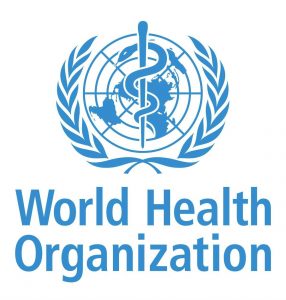Antimicrobial Resistance : WHO Report

The new WHO report highlights progress in addressing antimicrobial resistance (AMR) but also identifies gaps in ensuring a robust pipeline of antibiotic treatments.
- AMR refers to the ability of microorganisms, such as bacteria, viruses, fungi, and parasites, to resist the effects of antimicrobial drugs, such as antibiotics, antivirals, antifungals, and antiparasitic drugs. E.g., New Delhi metallo-β-lactamase (NDM-1) superbug
- AMR was responsible for nearly 5 million global deaths in 2019 and is projected to cause over 2mn death by 2050 in India alone. Yet the development of new antibiotics is limited, and access to existing treatments remains a challenge.
- The Report says AMR remains one of the top 10 global public health threats facing humanity
- 1 in 5 deaths caused by AMR occurred in children under the age of 5.
- If no action is taken, AMR could cost the world’s economy USD 100 trillion by 2050.
- Recommendations by the report: increased investments in research and development, alignment of financing mechanisms, and global efforts to ensure equitable access to antibiotics.




